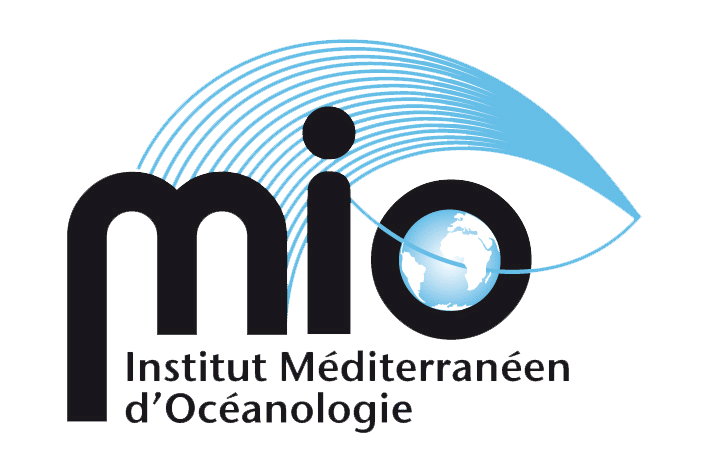Atmospheric Modelling for Radiation Transmission in Coastal Atmosphere
ANR-ASTRID 2018-2021
Coordinator J. Piazzola (MIO UMR 7294)
Partner laboratories LHEEA (UMR 6598), CINaM (UMR 7325) and CNRM (UMR 3589)
The "MATRAC" project is proposing a detailed study of the source terms, dynamics and optical properties of marine aerosol in the coastal zone in order to gain a better understanding of the spatio-temporal variations in the particle extinction coefficient.
The expected results will be used to improve the range prediction of the French Navy's operational tools in the visible and infrared domains, as well as climate models, by providing a better estimate of the radiative forcing of aerosols in maritime areas. In particular, the marine component represents a major source of aerosols in coastal areas. The aerosol particles generated by primary and secondary production processes cover a wide spectrum in size, as shown in Figure 1.

Fig. 1: Size spectrum of marine aerosol [Van Eijk et al., 2011b]. The arrows indicate the characteristic size range of aerosols generated by primary and secondary generation processes.
Scientific approach
To this end, we are proposing an original methodology based on a physico-chemical analysis of aerosols in marine atmospheres and an innovative modelling approach. Within this framework, we propose a multi-scale approach (Fig. 2) based on a strategy of nested models and validated by experimental measurements.
Particular attention will be paid to determining the source terms of marine aerosol and its atmospheric fate.

Fig. 2: Multi-scale approach to the Mediterranean coast. The double frame shows the synoptic scale, the thick line the regional scale and the thin line the local scale.
The aim is to provide relevant numerical modelling of aerosols generated at the air-sea interface and their atmospheric dynamics in coastal zones on a local scale, with the dual aim of refining estimates of aerosol radiative forcing, which is necessary for the reliability of climate scenarios, and validating an extinction model operating with a reduced number of inputs.
These will be made up of easily accessible environmental data (wind speed, air temperature, humidity, etc.) so that the model is capable of calculating the extinction coefficient instantaneously in the infrared and visible domains. The scientific approach adopted will have the dual benefit of providing the relevant forcings for the extinction model used in the project, the MEDEX code, but also, through a precise description of the environment, will enable the relevant tests necessary to improve its performance.
Finally, the response of these aerosols to electromagnetic radiation will be studied in detail using innovative chemical analysis techniques. This should enable us to refine our knowledge of the optical properties of marine aerosols in coastal areas and thus improve the performance of extinction calculations based on Mie theory.




